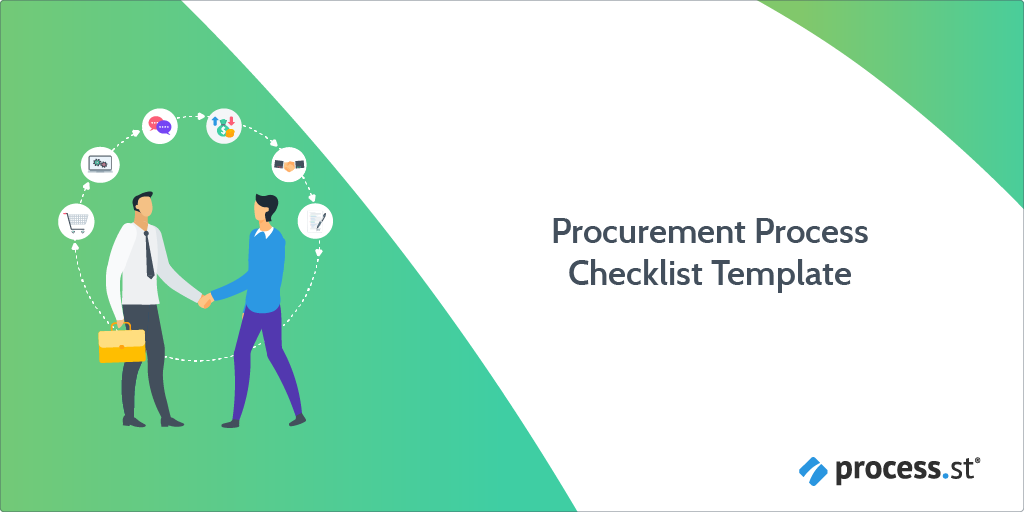"Procurement involves much more than just handing over the company credit card and paying for a purchase" - Procurify
The basic purpose of procurement is to make sure that the organization buys the goods and services it needs, to operate in a profitable way.
This involves all sorts of activities, ranging from sourcing materials and services to developing relationships with key suppliers. But the biggest responsibility that a procurement department faces is giving the business confidence that the supplier they are working with is the best supplier for them.
To help them do this, they follow a procurement process. This helps them to reduce prices, cut costs, identify better sources of supply, and make sure potential new suppliers are properly vetted.
Although a company’s procurement process will be influenced by factors like the company’s size, industry, available human resources, and organizational structure, this Process Street checklist will give you a complete procurement process. It will explain, step-by-step, how to identify the true needs of your organization, find the perfect supplier to fulfill those needs, and negotiate favorable contract terms and pricing.
Process Street is super-powered checklists. It’s the easiest way to manage your recurring tasks, procedures, and workflows.
Create a checklist template and run individual checklists for each member of your team. You can check tasks off as you work through them, set deadlines, add approvals, assign tasks, and track each team member's progress.
You can also connect to thousands of Apps through Zapier and automate your workflows even more.



